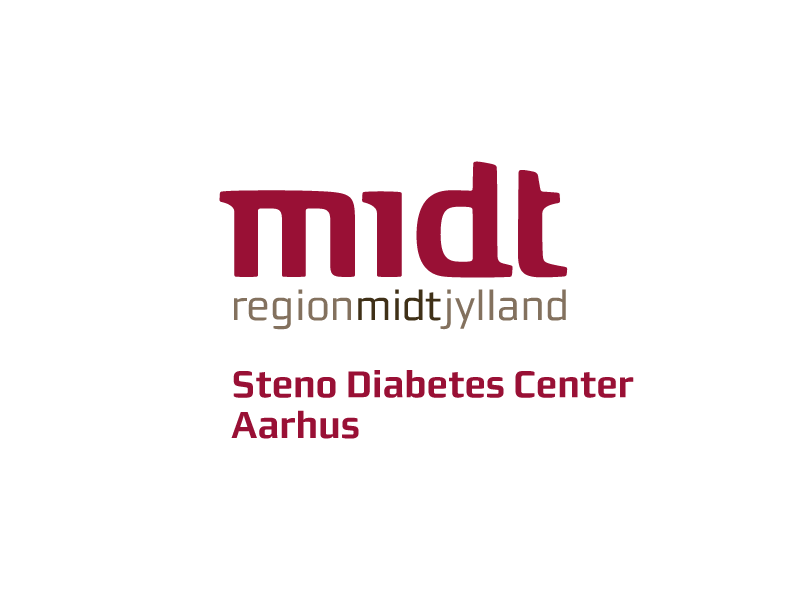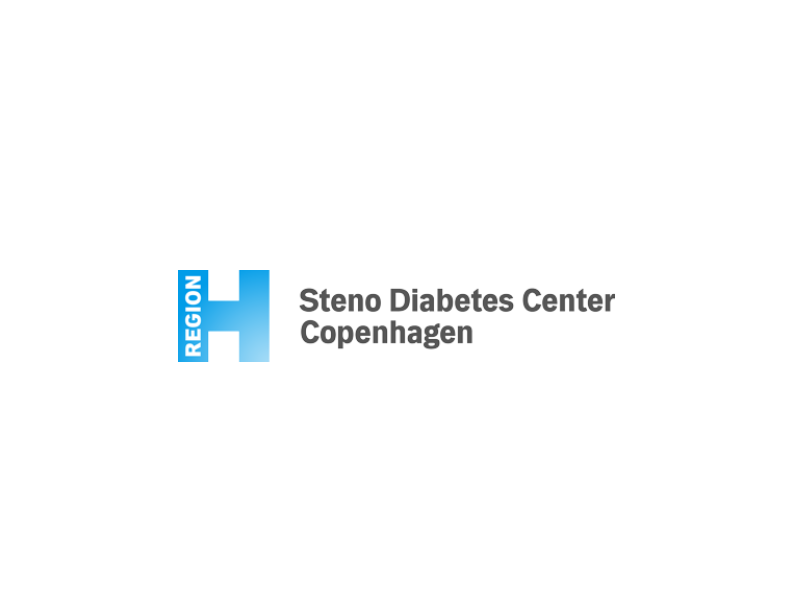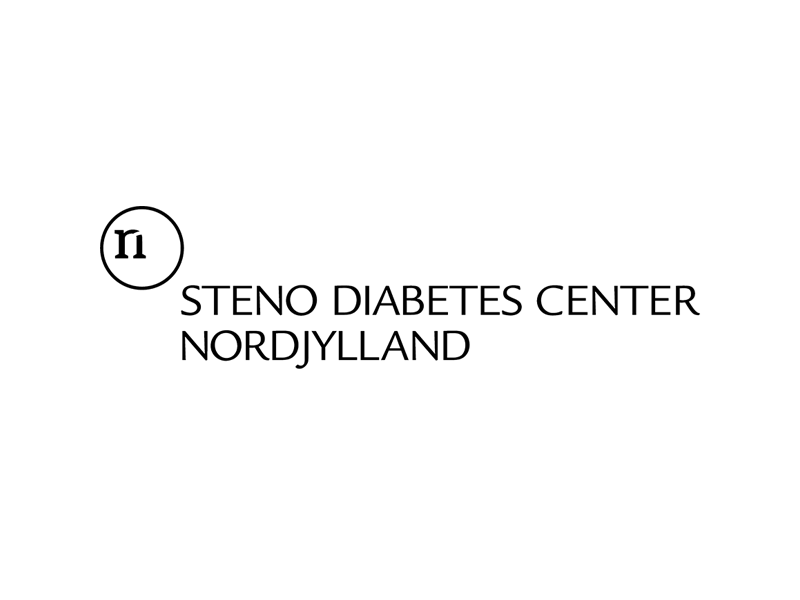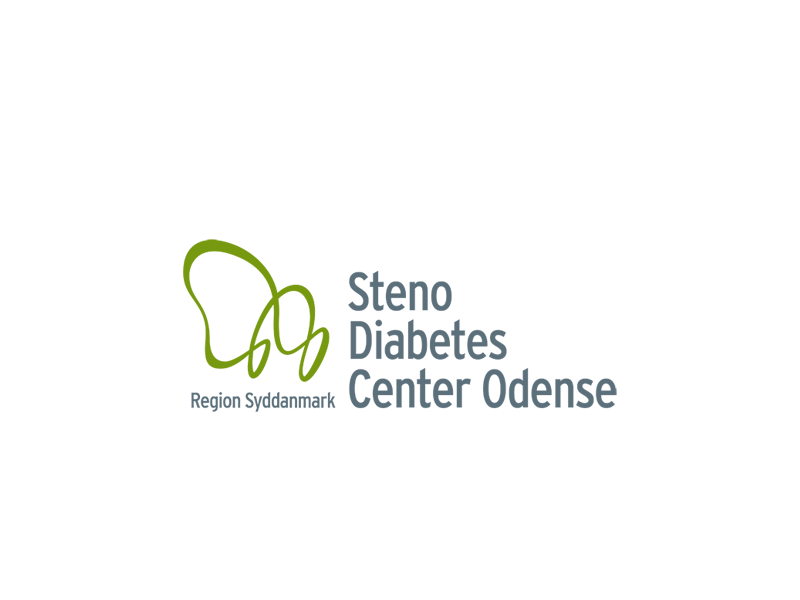Dansk resumé
Kræft i bugspytkirtlen er en af de hyppigste kræftrelaterede dødsårsager på verdensplan, og har en 5-års overlevelse på omkring 8%. Den eneste helbredende behandling er fuldstændig fjernelse af alt svulstvæv ved operation. Desværre kan kun omkring 20% af patienterne tilbydes dette. Svulstvævet har ved de resterende 80% spredt sig på diagnosetidspunktet. I disse tilfælde er symptomlindrende kemoterapi den eneste behandlingsmulighed. For nyligt har vi identificeret en diagnostisk prediktionsmodel der via såkaldte epigenetiske forandringer af DNA i blodet kan skelne mellem patienter med kræft i bugspytkirtlen og patienter med kronisk betændelse i bugspytkirtlen.
Diabetes er hos individer over 50 år koblet til en øget risiko for kræft i bugspytkirtlen. Målet med dette studie er at undersøge hvorvidt denne prediktionsmodel, baseret på epigenetiske forandringer af DNA i blodet, kan benyttes til tidlig detektion af kræft i bugspytkirtlen i individer med nyopstået diabetes. Derudover vil vi med demografiske og rutine kliniske værdier forsøge at karakterisere individerne i DD2 kohorten med nyopstået diabetes, som efterfølgende udvikler kræft i bugspytkirtlen
Abstract
Pancreatic ductal adenocarcinoma (PDAC) is one of the leading causes of cancer death in the world, with a current five-year survival rate of 8%. Complete surgical resection is the only curative modality of treatment, but unfortunately most patients are diagnosed at a late stage with surgically unresectable disease. The only known high-risk group for sporadic PDAC is composed of patients at least 50 years of age with new-onset diabetes (NOD), which have an 6-8-fold increased risk of PDAC compared to the general population. However, NOD per se does not have a high enough incidence to justify direct surveillance with imaging techniques, and therefore there is a need for enrichment strategies within the NOD population.
This primary objective of this study is to investigate if a novel diagnostic prediction model based on promoter hypermethylation of eight selected genes in plasma cell-free DNA can be used for early detection of PDAC among individuals with NOD.
We will conduct a nested case-control study including NOD individuals from the existing DD2 biobank with and without confirmed incident PDAC. We will perform methylation analysis on a panel of eight genes (BMP3, RASSF1A, BNC1, MESTv2, TFPI2, APC, SFRP1 and SFRP2) previously shown to accurately differentiate between patients with PDAC at early stages (stage I and II, potentially amendable to surgical resection) and patients with chronic pancreatitis (a clinically relevant control group). We hypothesize that the prediction model can differentiate patients with pancreatic cancer related diabetes from patients with WHO defined type 2 diabetes, with the potential to diagnose PDAC at earlier and potentially curable stages. Earlier diagnosis has the potential to radically improve overall PDAC survival by making more patients eligible for surgical resection.
In an additional cohort study, we aim to determine the incidence of PDAC among individuals with NOD in the DD2 cohort and to characterize patients with NOD associated with PDAC using demographic and routine clinical variables already available in the DD2 database
Formål
Sub-study 1:
- To determine the incidence rate of PDAC among patients with NOD in the DD2 cohort.
- To characterize patients with NOD associated with PDAC and compare them to patients with type 2 diabetes using routine Demographic, anthropometric, clinical, and biochemical parameters.
Sub-study 2:
- To determine the diagnostic performance characteristics (sensitivity, specificity, positive and negative likelihood ratios) of a prediction model based on cell-free DNA promoter hypermethylation for the diagnosis of PDAC among individuals with NOD prior to a later hospital confirmed PDAC diagnosis.
- To investigate the proportion of false positive candidates among matched control subjects with type 2 diabetes.
- To investigate the influence of time between NOD diagnosis and the later PDAC diagnosis on the model’s diagnostic performance characteristics.
Studiepopulation
The study base will be all patients with clinically diagnosed type 2 diabetes in the DD2 cohort. Patients with positive autoantibodies indicative of type 1 diabetes and patients with rare diabetes subtypes will be excluded.
Finansiering
All analysis of the blood samples is financed by grants given to AAU. The epidemiology part is financed by the DD2.




